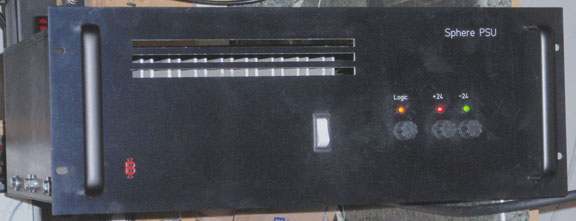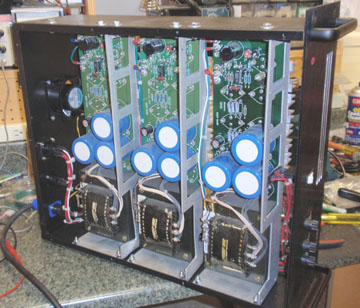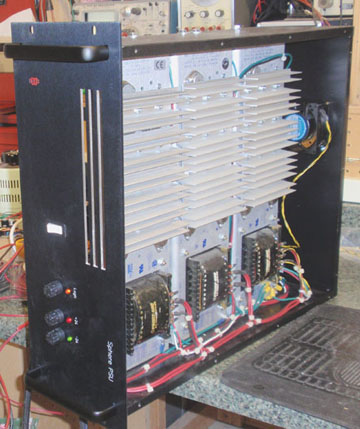Dear DIY family. I want to build power supply for my trident 924 console. The old one is pretty noissy and that affects all the sound. Besides that, there are a lot mess around inside (not original) and it looks pretty bad so i want to make new one from scratch. the console needs +18 -18 +48 and ground 5 Amps.
I've build some studio gear (1176, gssl) so soldering is not problem for me. What I'm looking for is some advices from you guys.
Do you know any good schematics for this kind of project?
what power supplies are good and bad for this applications?
What should I avoid building power supply for a recording/mixing console?
There are some PSU for consoles but they cost a fortune, can enyone tell me why?
If you have any link to project or mabe made any by yourself I would be very thankful for your help or any advice you can give me.
Thanks,
I've build some studio gear (1176, gssl) so soldering is not problem for me. What I'm looking for is some advices from you guys.
Do you know any good schematics for this kind of project?
what power supplies are good and bad for this applications?
What should I avoid building power supply for a recording/mixing console?
There are some PSU for consoles but they cost a fortune, can enyone tell me why?
If you have any link to project or mabe made any by yourself I would be very thankful for your help or any advice you can give me.
Thanks,



















![Electronics Soldering Iron Kit, [Upgraded] Soldering Iron 110V 90W LCD Digital Portable Soldering Kit 180-480℃(356-896℉), Welding Tool with ON/OFF Switch, Auto-sleep, Thermostatic Design](https://m.media-amazon.com/images/I/41gRDnlyfJS._SL500_.jpg)

















